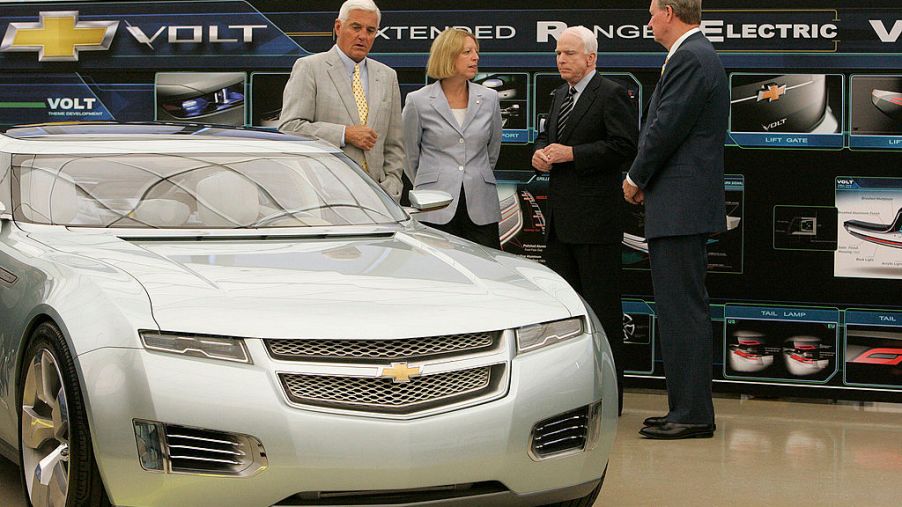
Chevy Admits The Biggest Risk to the Company is Out of its Control
You may have heard the advice before, not to put all your eggs into one basket. It’s an old adage that rings true with Chevy in its annual report filings for the 2018 fiscal year. In fact, Chevy cites a few risks that could potentially affect the company’s revenues and profitability. One risk to Chevy is admittedly out of the automaker’s control and might harken back to too many eggs in one basket. We took a closer look at what Chevy’s annual report had to say to learn more.
A changing automotive landscape
As part of the General Motors annual report, it cites a few potential risk factors to the overall health of the company. The automotive landscape is changing, meaning the industry is shifting to technological advancements, consumer ownership, and buying trends, as well as new competitors with disruptive service models.
A profit-risk to any automaker is the inability to recognize these shifts and adapt accordingly. To combat lagging behind, the company insists it will continue to develop new products and services and acknowledges its efforts to keep up are ongoing.
Chevy’s manageable risk factors
Some risk factors are totally within the scope of control for a company. For Chevy, risks associated with the cost of production, plans, and strategies are in motion to streamline spending. It mentions restructuring efforts put into effect in 2017 are lowering the operating costs in various parts of the world, including Korea and Europe.
Another risk factor includes the ongoing introduction of new and consumer-driven vehicles. To deliver what the customers want to buy, the company recognizes and pledges to design the most desirable products, based on understanding expectations and designing for long term success.
The most significant risk to Chevy is beyond its control
There are some profit risks that are inherent and are entirely dependent on factors outside the company’s control. For Chevy, the most significant profit margins reside within its portfolio of SUVs and trucks.
Right now, the company’s success is based on selling these higher-margin vehicles. In other words, the profit eggs are in the pickup and SUV basket. The annual report goes on to discuss Chevy’s inability to predict a shift in consumer buying preferences toward more fuel-efficient, affordable, and smaller models.
Meaning, if there’s an unprecedented oil crisis or monumental increase in gas pricing, consumers may abandon their love of trucks and SUVs. Global instability is far beyond Chevy’s risk manageable reach for sure. And it presents the potential for the automaker to be left, holding a basket full of unprofitable eggs.
Ongoing restructuring to stay ahead
Annual reports are issued and designed to provide shareholders and consumers a glimpse into the health and stability of a company. Based on this 2018 report for GM, citing potential risks, nothing about the noted factors are presumed to have any immediate impact.
The automaker has plenty of years at the helm of producing some of America’s most-loved brands and models. It’s evident Chevy will continue to make efforts to grow and adapt to the changing automotive industry, even if consumers abandon some of the most profitable buying habits altogether.
If this annual report tells us anything, it indicates that Chevy’s not going anywhere. One might suggest its risks are similar to those of many automotive manufacturers. In reality, customer preference shifts are more nature of the business factors.
All the analytics in the world may not provide the precise equation that predicts supply and demand for vehicles, services, and products. Not having that crystal ball is a risk every brand carries. On the other hand, some might instead suggest that Chevy should branch out more and diversify away from all those SUVs and trucks — to avoid putting all its eggs in one basket.


